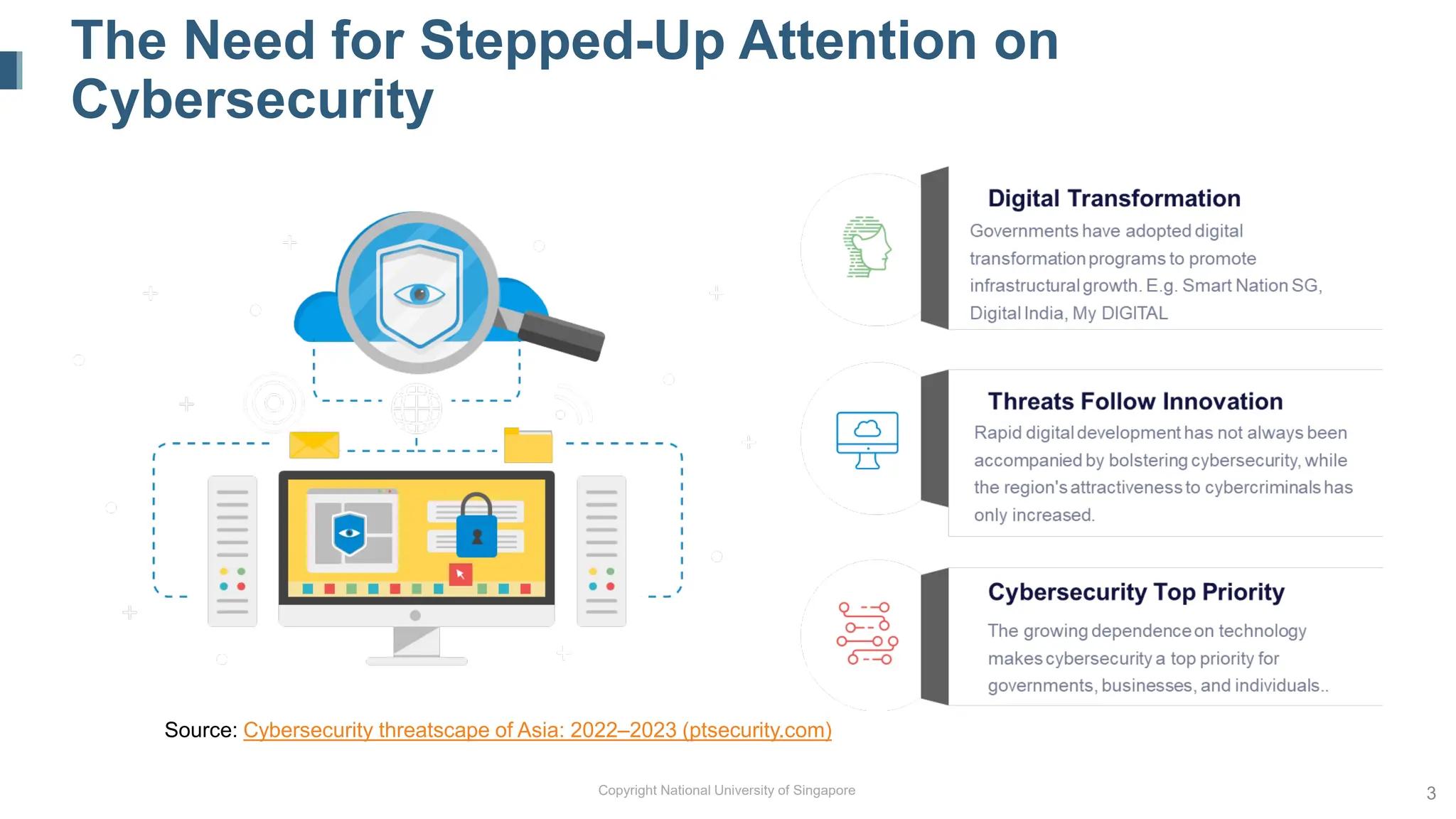Strengthening Cybersecurity in Educational Institutions: Essential Strategies for a Safer Digital Campus
In today’s increasingly connected world, educational institutions play a critical role not only in imparting knowledge, but also in safeguarding sensitive information and ensuring a secure digital environment for students, faculty, and staff. As the number of digital devices and online learning platforms proliferates, so do the cyber threats targeting schools, colleges, and universities. Cybersecurity in educational institutions is no longer optional—it’s essential for fostering a safer digital campus.
Why Cybersecurity Matters in Education
Modern educational campuses are treasure troves of data—including student records, research, intellectual property, and financial information. Breaches can disrupt learning, compromise personal information, and damage reputations. Recent years have seen a worrying uptick in ransomware attacks, phishing scams, and data leaks targeting schools and universities worldwide. By understanding the importance of digital campus security, administrators can prioritize strong cybersecurity measures to shield their communities and ensure uninterrupted operations.
Primary Cybersecurity Threats Facing Educational institutions
- Phishing Attacks: Fraudulent emails tricking users into revealing sensitive information.
- Ransomware: Malicious software that encrypts data and demands payment for its release.
- Data Breaches: Unauthorized access to databases containing student and staff information.
- Insecure Remote Learning Platforms: Vulnerabilities in online delivery tools can be exploited.
- Insider Threats: Staff or students misusing access privileges, either accidentally or maliciously.
Benefits of a Robust Cybersecurity Strategy for Educational Institutions
- Protection of sensitive data (student records, grades, personal details)
- Reduction in downtime caused by malware or ransomware
- Increased trust among parents, students, and faculty
- Compliance with legal and regulatory requirements (such as FERPA, GDPR)
- Fostering a cybersecurity-aware campus culture
Essential Cybersecurity Strategies for a Safer Digital campus
1. Comprehensive Security Assessments
Begin by performing regular IT security audits. Evaluate all systems, networks, and applications for vulnerabilities.Penetration testing and vulnerability scanning can uncover weak points before attackers exploit them.
2. robust Access Controls and Authentication
- Enforce multi-factor authentication (MFA) for administrative and student accounts.
- Use role-based access control (RBAC) to ensure users have only the permissions thay need.
- Regularly review and update user access rights, especially after staff departures or student graduations.
3. Up-to-Date Software and Infrastructure
- Patch operating systems, applications, and network devices frequently to close security gaps.
- Use endpoint protection platforms and maintain robust antivirus solutions on all devices.
- Update remote learning tools and ensure they are configured securely by default.
4. Cybersecurity Awareness Training
Educate students, faculty, and staff about the latest cyber threats in education. Simulated phishing exercises and regular workshops can empower users to recognize and report suspicious activities, making them active participants in digital campus security.
5. Strong Data Encryption and Backups
- Encrypt sensitive student and staff data both at rest and in transit.
- Implement automated, secure backup solutions and regularly test recovery procedures.
- Store backups off-site or in the cloud with proper encryption.
6. Secure Network Segmentation
Segment networks so that student Wi-Fi, guest access, and core administrative systems are separated. This limits the spread of malware and controls access to mission-critical systems.
7. Incident Response Planning
- develop an actionable incident response plan covering data breaches, ransomware, and other emergencies.
- Assign clear roles and responsibilities for response teams.
- Conduct tabletop exercises to prepare staff for real-world cyber events.
8. Compliance with Legal and Privacy Standards
Abide by data protection regulations like FERPA, COPPA, and GDPR. regularly review privacy policies and ensure data collection and storage practices adhere to legal expectations.
Practical Tips for Day-to-Day Cybersecurity on Campus
- Use strong, unique passwords and encourage periodic changes.
- Log out of shared computers and learning platforms after each use.
- Only use trusted Wi-Fi networks or secure VPN connections when accessing school resources remotely.
- Report strange activity or potential breaches to campus IT teams promptly.
- Remind students and staff never to click on unfamiliar links or download suspicious attachments.
Case Studies: Real-World Cybersecurity in Educational Institutions
Case Study 1: University Prevents Ransomware Attack Through Security Training
A mid-sized US university noticed an increase in phishing attempts targeting staff. After launching a comprehensive cybersecurity awareness campaign, including simulated attacks and immediate feedback, the institution saw a 60% decrease in triumphant phishing incidents. Their proactive stance helped avert a costly ransomware attack, saving both revenue and reputation.
Case Study 2: K-12 School District Improves Data Privacy with Network Segmentation
A large K-12 district in Europe faced repeated attempts to breach administrative networks through student Wi-Fi. Through network segmentation, implementation of role-based access, and regular |patching| of systems, the district reduced its vulnerability surface. The move enhanced privacy management and decreased unauthorized access events by over 75% in one academic year.
First-Hand Experience: Campus IT Director’s Advice
“It’s not a matter of if you’ll be targeted,but when. Regular drills, continuous training, and the willingness to invest in updated security tools can make all the difference. Encourage clear communication and never underestimate the value of basic security hygiene.”
— Sarah G.,IT director,State University
Bringing It All Together: A Safer Digital Future for Education
The digital conversion of education brings unprecedented opportunities—and new cybersecurity challenges. By implementing these essential cybersecurity strategies for educational institutions, administrators can minimize risks, build trust, and empower their campus communities to thrive online.From regular assessments to empowering users with cybersecurity awareness training, securing a digital campus is an ongoing, collective effort.
Investing in cybersecurity isn’t just about compliance—it’s about protecting people, ideas, and the very future of education itself.
Ready to Strengthen your Institution’s Cybersecurity?
Assess your current policies, invest in staff training, and ensure your technology stays updated. Leverage these tips to start your journey toward a safer, more resilient digital campus today.
For more guides on cybersecurity in education, check our blog or subscribe to our newsletter.

